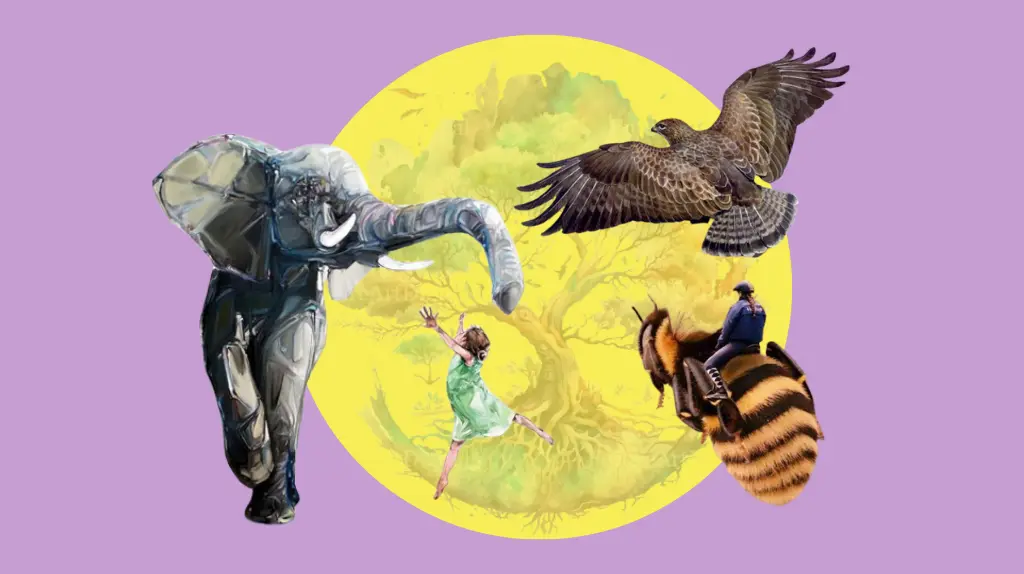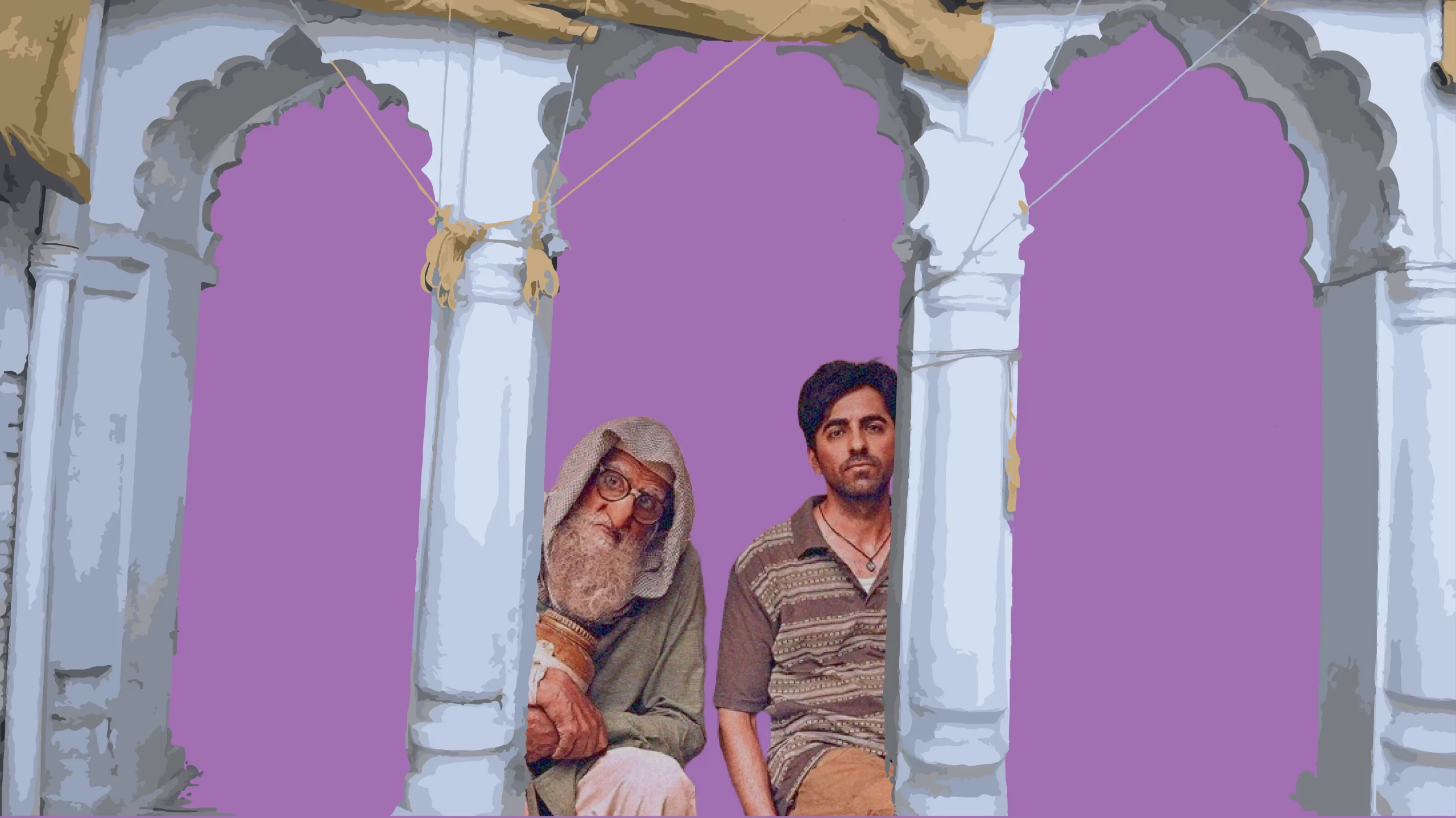Are humans inherently good or bad? Are they the only creatures that can display love, compassion, kindness, and altruism?
The simple answer is, no. We humans are often selfish and not truly altruistic. There is much for us to learn from the altruism in animals. Animals, unlike humans, aren’t petty and selfish, they’re selfless creatures. Altruism is often thought to be a uniquely human trait, but it is not. Most animals are naturally altruistic and do things that nature and we humans benefit from. Here are some examples of truly altruistic animals.
Altruism in Animals
1. Beavers
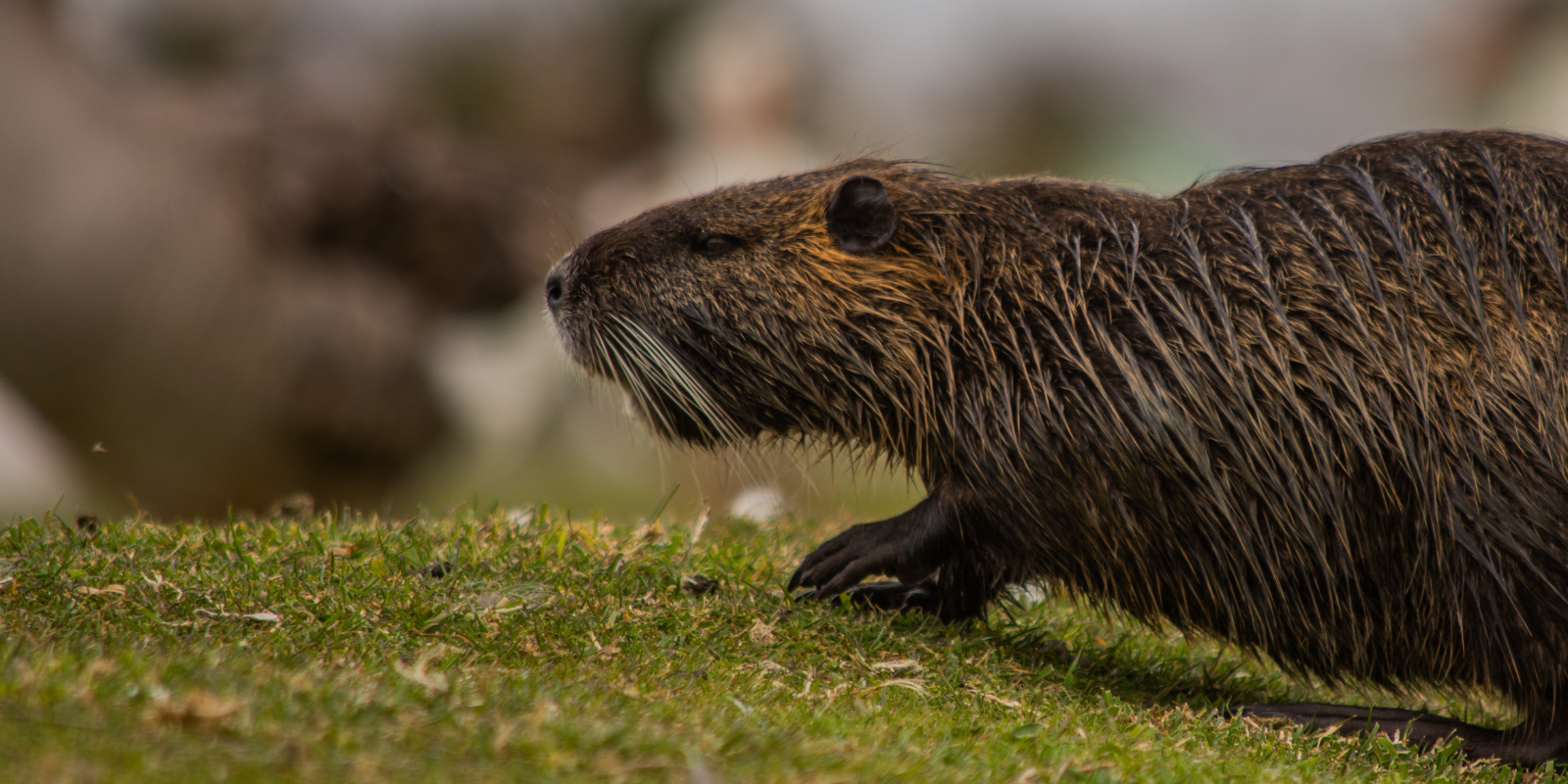
Beavers are not called nature’s engineers for anything. These cute little creatures spend most of their lives building dams that create new habitats for other species. These dams alter the flow of water, which create ponds and marshes that provide a habitat for a variety of animals, including fish, birds, and amphibians.
2. Elephants
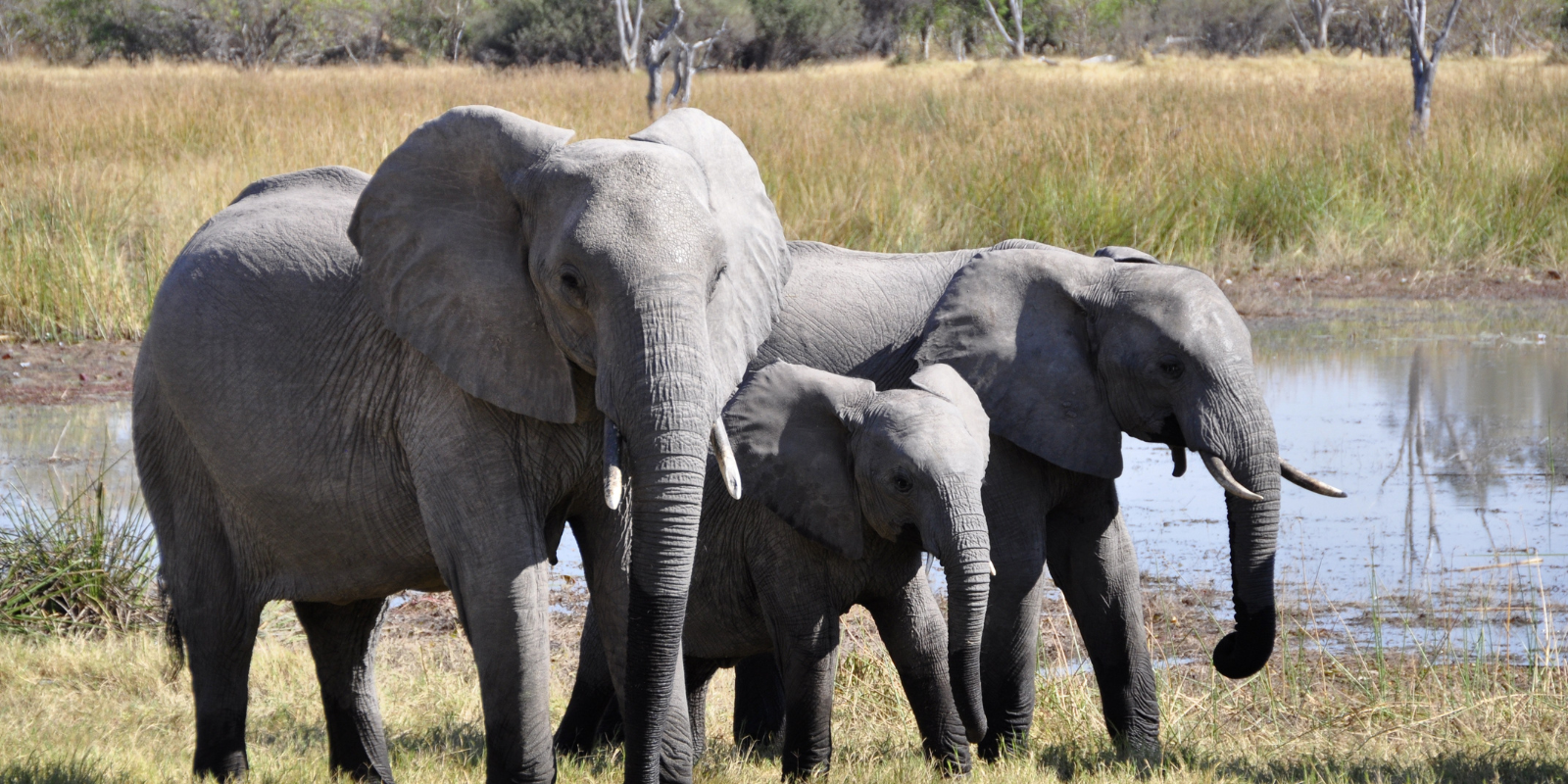
Most often, agriculturists around the world complain of crop loss when a wild elephant happens to pass through their farmland. But these gentle giants play a crucial role in maintaining the balance of the ecosystem through their feeding habits. Elephants create openings in the canopy when they feed on trees and plants. This allows sunlight to reach the forest floor, which allows for the growth of new plants.
3. Vultures
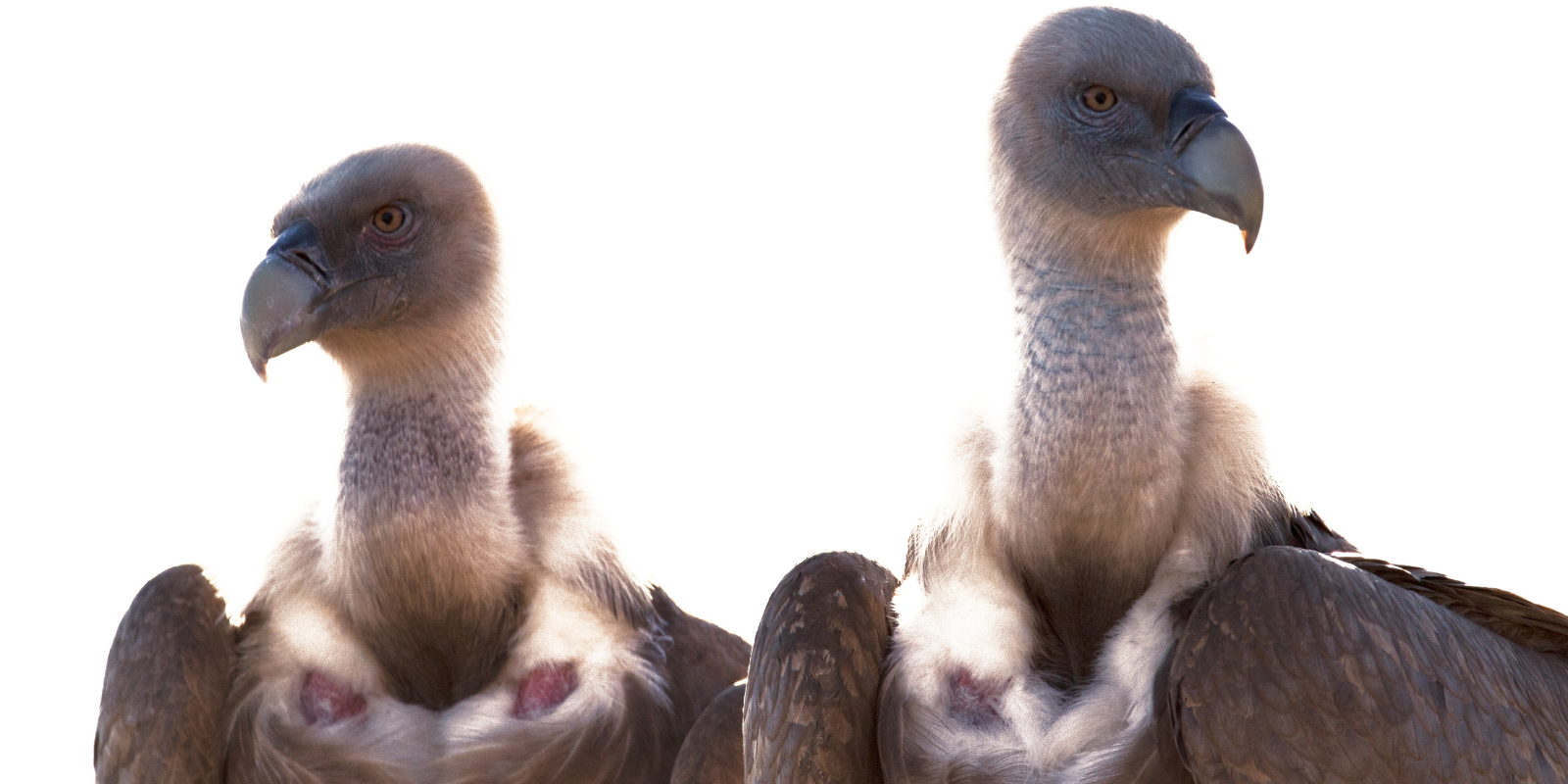
Vultures are often thought of as scavengers. But these birds of prey are actually one good example of altruism in animals. They play a vital role in maintaining the ecological balance by feeding on carcasses and also prevent diseases from spreading.
4. Bees
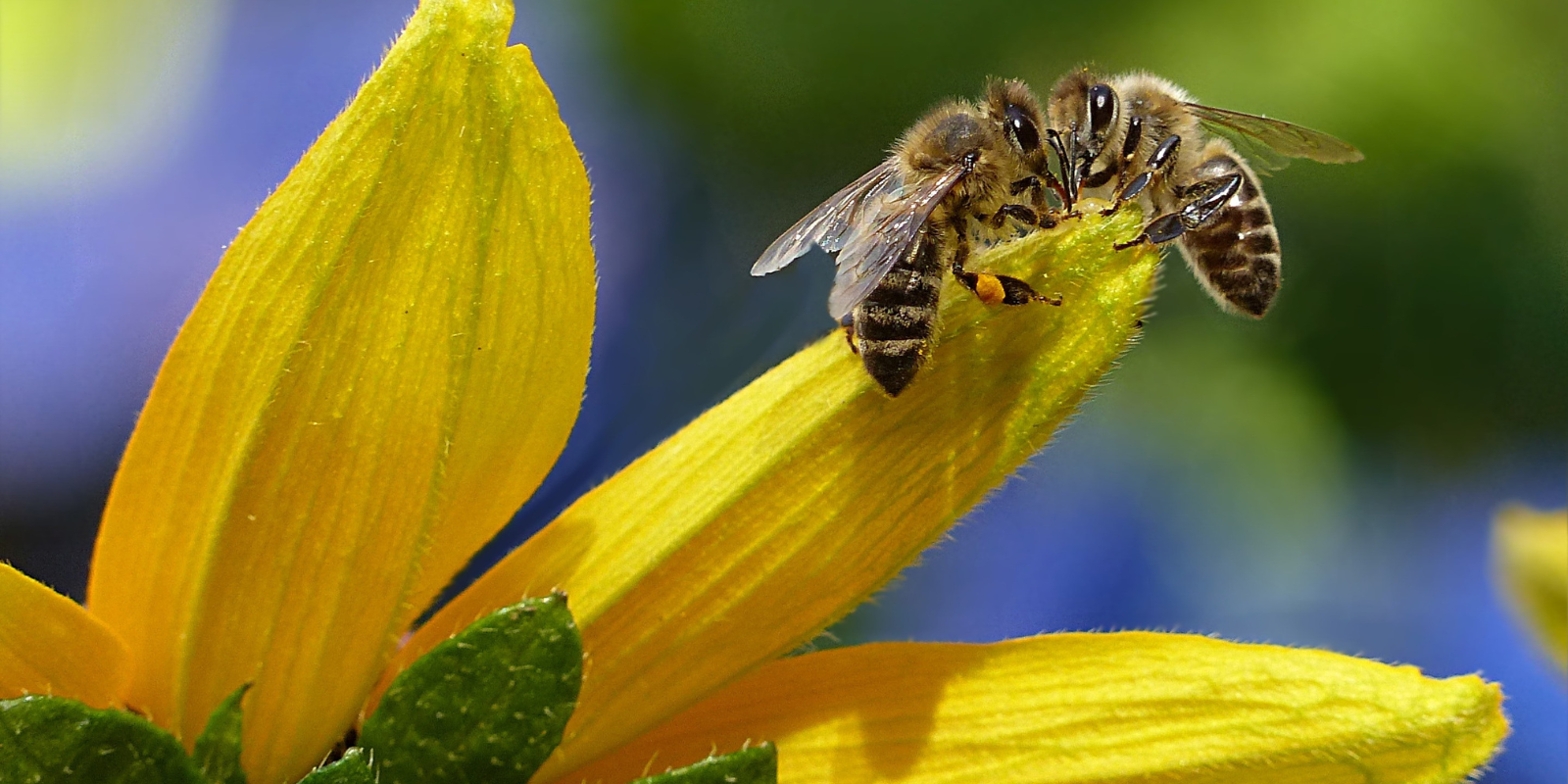
They are not just producers of honey, they’re essential pollinators too, and their role in the ecosystem is crucial for the survival of many plants. Bees help in maintaining the balance of the ecosystem, food supply and ensure the survival of many species by pollinating flowers and plants. Such a huge contribution from one so tiny! .
5. Fungi

Fungi play a vital role in the ecosystem by breaking down organic matter and releasing nutrients back into the soil. This helps to maintain the balance of the ecosystem and is essential for the health of plants and animals. How nutricious!
Humans Who Amplify This Message
But not all humans are bad. Some people stand out with their contributions to bringing real social impact. They exemplify the message of civic empathy and social responsibility with their actions.
The Indian subcontinent has many such examples where humans have shown altruistic behaviour towards nature and other species driving real social impact.
- Chipko Movement: Started by Sunderlal Bahuguna in 1973, Chipko movement was a revolutionary movement where villagers and commoners of Uttarakhand protected trees by hugging them.
- Adi and Galo tribes: Overfishing in the oceans has led to destroying several ecosystems. We need to learn from the Adi and Galo tribe who practise Lipsum fishing techniques. Not only do they use sustainable bamboo baskets for fishing, but they also release juvenile fishes back in water bodies to keep the process sustainable.
- Dashrath Manjhi: After his wife passed away due to a lack of access to medical care, Dashrath dedicated his life to creating a shortcut through the mountain that separated his village from the nearest town. It took him 22 years to complete, but his efforts allowed his community to easily access essential services and paved the way for future generations.
Also read, Will Genz Save The Earth?
This kind of selflessness and altruism in animals and humans is the indication everyone has the potential for change. Imbibing this in our everyday lives is the first step to creating #HumanityWithPurpose. So, we need to ask ourselves, do we just wait for someone else to fix things or do we take the lead to drive real change?

